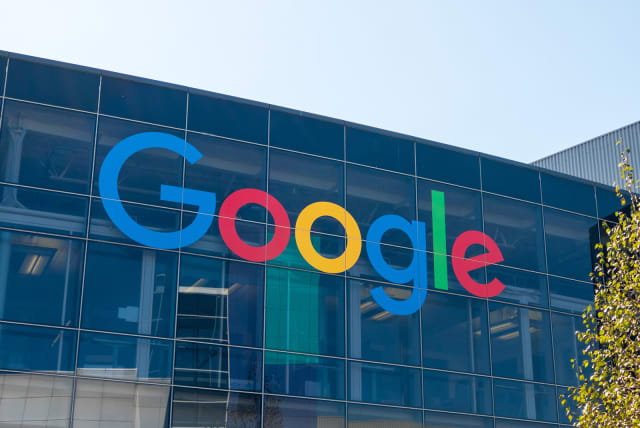New algorithm borrows from nature to escape from ‘search bubbles'

A team of computer scientists has now devised a way to break through these search bubbles with an algorithm called Pyrorank.
When you search for a new book, movie or restaurant, the results could suggest a title or place you’ve already purchased or visited. This is because the artificial intelligence tools many companies rely on push users into a “filter bubble,” resulting in recommendations identical or very similar to what had been purchased before.
Now, a team of computer scientists has now devised a way to break through these search bubbles with an algorithm called Pyrorank that draws from the natural world by mimicking interactions in an ecosystem. It does so by reducing the impact of users’ profiles and broadening recommendations that still reflect the focus of the search,producing more diverse and useful results.
'Nature can often find optimal, yet simple, solutions to address needs'
“When it comes to inspiration for solutions to computer science problems, nature is the perfect place to look,” explained Prof. Anasse Bari, a co-creator of the algorithm. “Natural phenomena like bird flocks searching for food show that nature can often find optimal, yet simple, solutions to address needs.”
The study appears in a newly released volume Advances in Swarm Intelligence (Springer Nature) entitled “Pyrorank: A Novel Nature-Inspired Algorithm to Promote Diversity in Recommender Systems.” Recommendation systems used by Google, Netflix and Spotify, among others, are algorithms that use data to suggest or recommend products or choices to consumers based on the users’ past purchases, search history and demographics, but these factors have a bias during searches because they put users in filter bubbles.
“The traditional way recommendation systems work is by basing recommendations on the notion of similarity,” explained Bari, who leads the predictive analytics and AI research lab at New York University’s Courant Institute.
“This means that you will see similar items in the choice and recommended lists based on either users similar to you or similar items you have bought. For instance, if I am an Apple product user, I will increasingly see more and more Apple products in my recommendations.” The limitations of existing recommendation systems have become evident in striking ways – political partisans may be largely directed to news content that aligns with their pre-existing views. More significantly, recommender systems have turned up self-harm videos to susceptible individuals. Bari and his team therefore created Pyrorank, which takes into account the content a user is seeking by capturing a collection of recommendations while, at the same time, diminishing the emphasis of what the user has already purchased or interacted with. Pyrorankfunctions as an algorithmic “add-on” to existing recommender systems. “This makes it highly adaptable compared to replacing the whole recommendation pipeline to promote diversification, potentially saving many engineer hours,” explained Bari.
In testing the viability of the algorithm, the researchers compared the search outcomes generated by the Pyrorank add-on with those from traditional recommender systems by using three large datasets –MovieLens, which offers user-generated movie ratings, and Good Books and Goodreads, which contain readers’ book ratings. They then ran a series of experiments to determine which systems created a greater diversity of recommended content while also staying true to the aims of the core recommendations.
Overall, the systems using Pyrorank generated more diverse recommendations than did existing ones, demonstrating its value in breaking through filter bubbles.
Jerusalem Post Store
`; document.getElementById("linkPremium").innerHTML = cont; var divWithLink = document.getElementById("premium-link"); if (divWithLink !== null && divWithLink !== 'undefined') { divWithLink.style.border = "solid 1px #cb0f3e"; divWithLink.style.textAlign = "center"; divWithLink.style.marginBottom = "15px"; divWithLink.style.marginTop = "15px"; divWithLink.style.width = "100%"; divWithLink.style.backgroundColor = "#122952"; divWithLink.style.color = "#ffffff"; divWithLink.style.lineHeight = "1.5"; } } (function (v, i) { });

